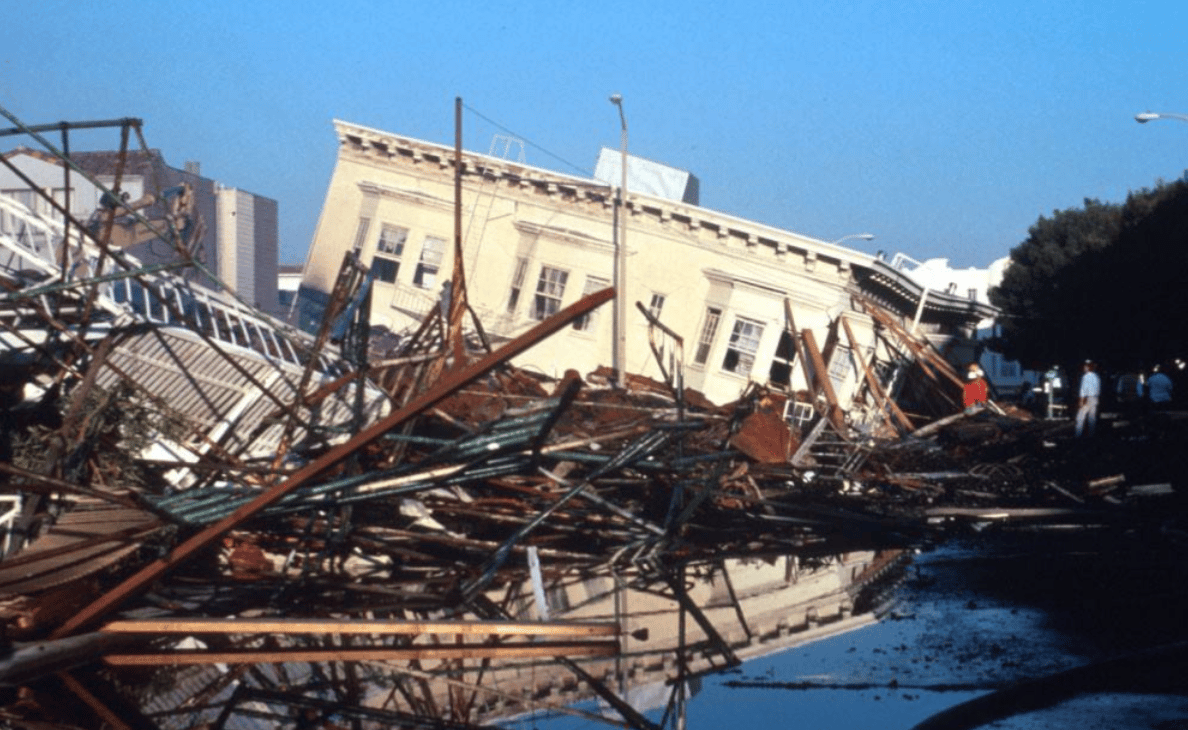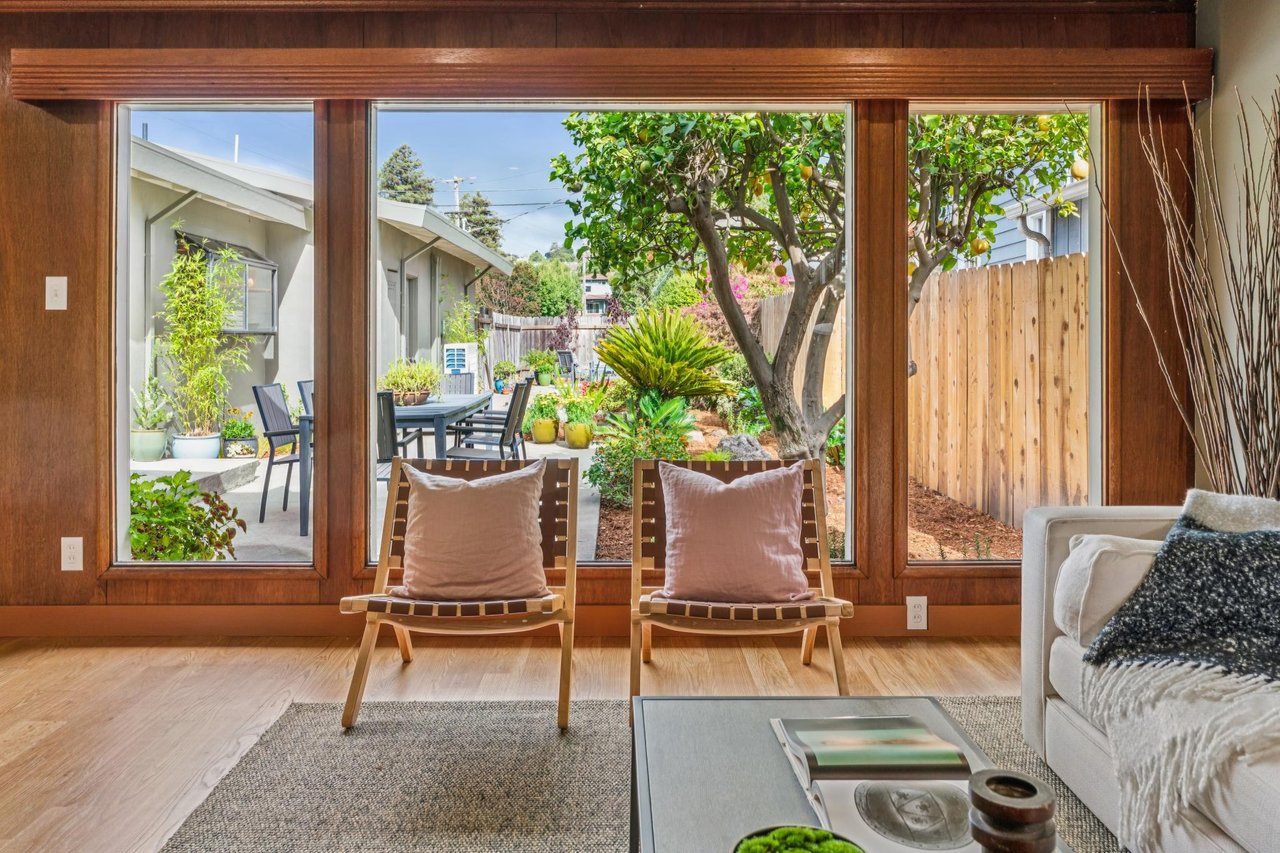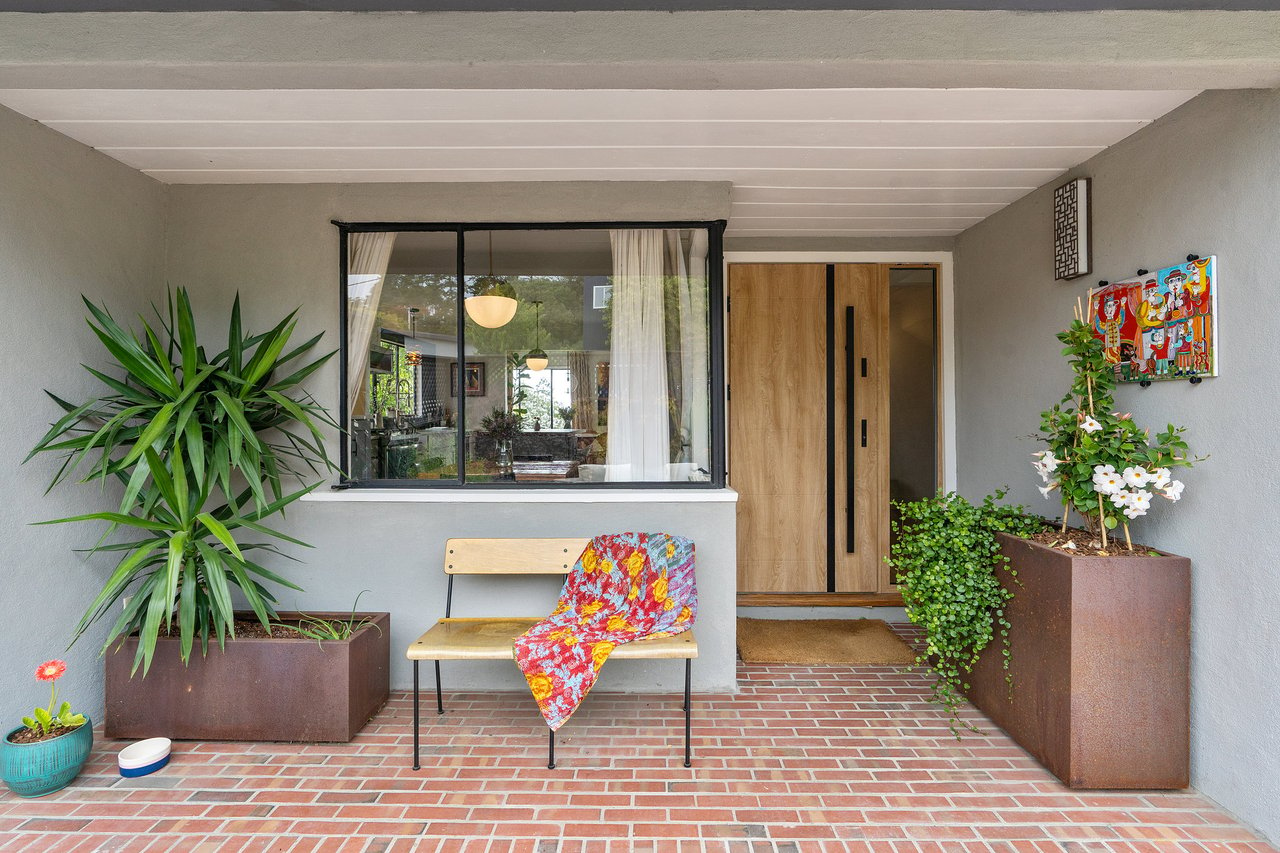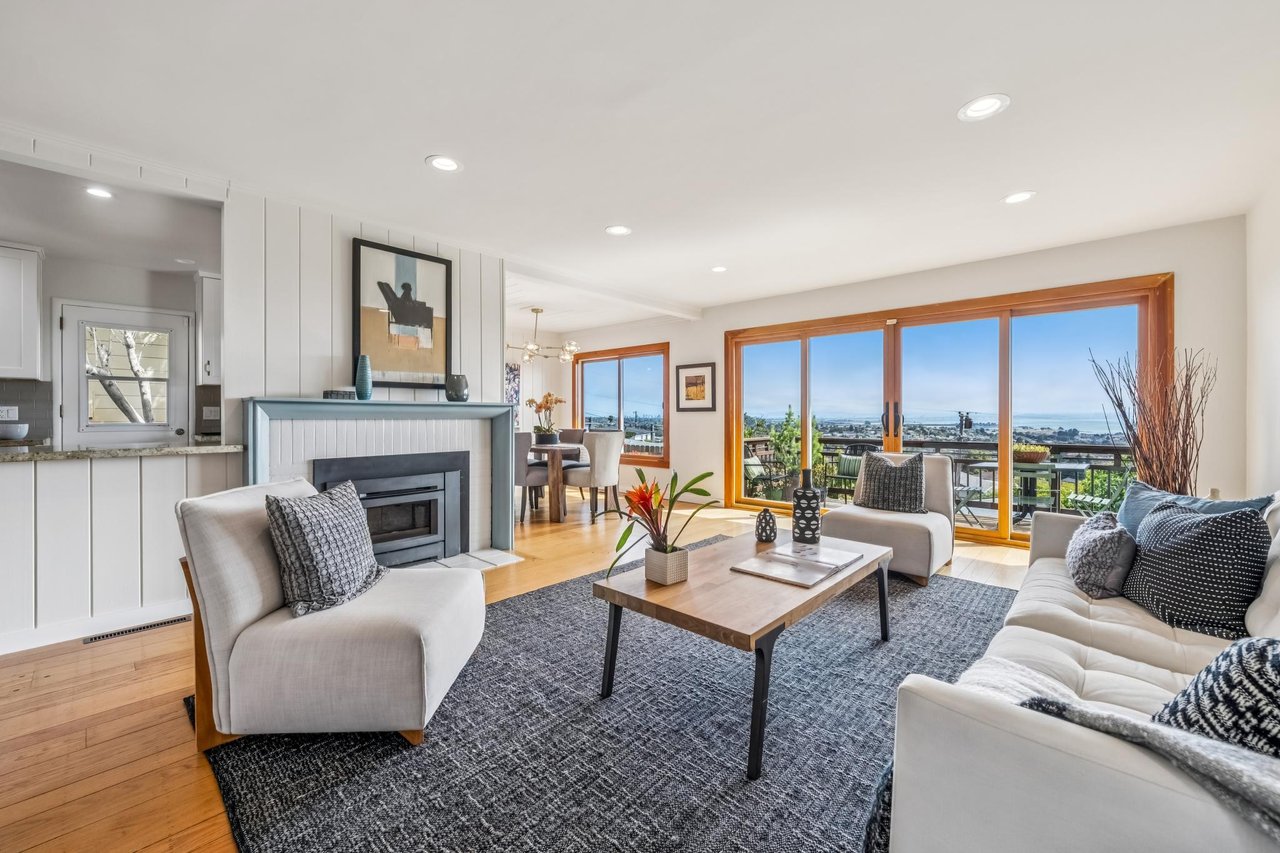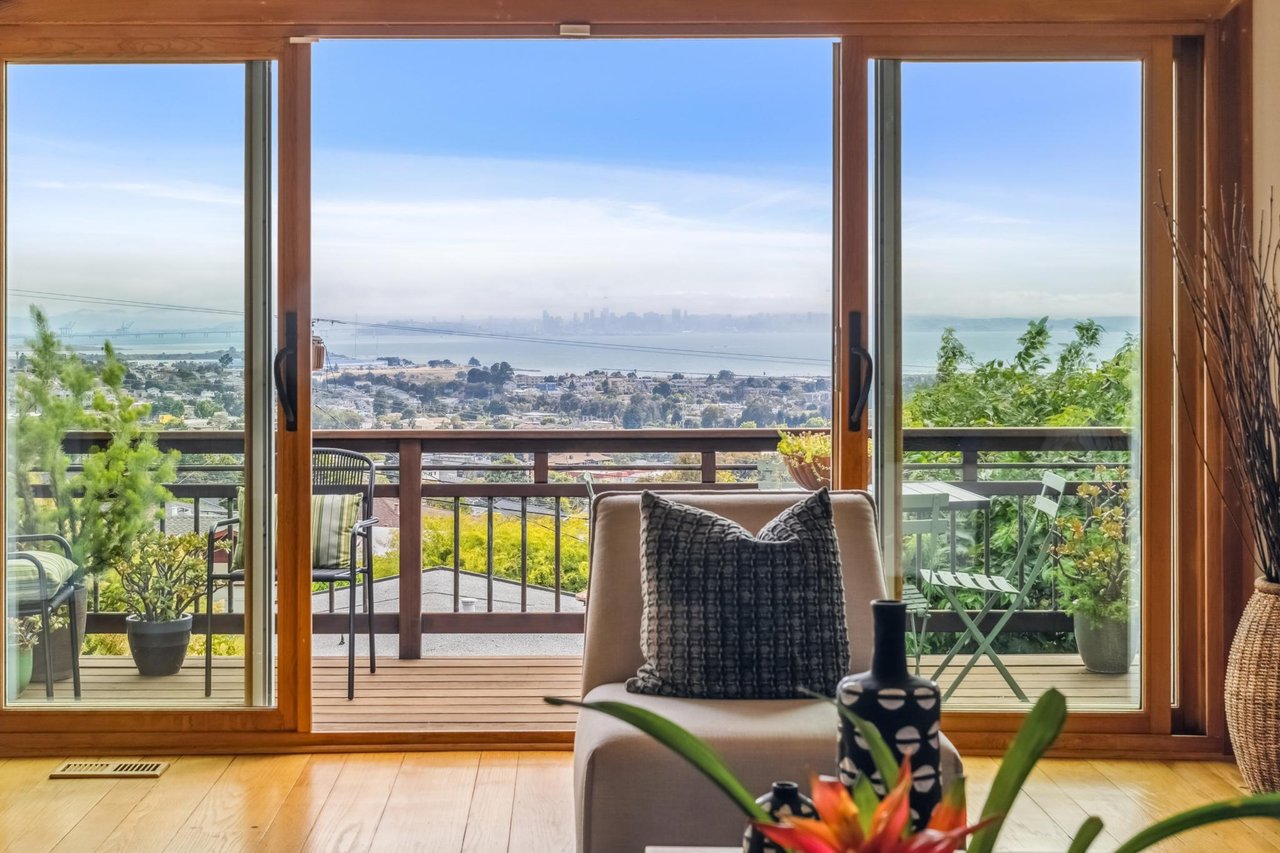35th Anniversary of the Loma Prieta Earthquake: Reflecting on Earthquake Preparedness in the East Bay
October 17 marks the 35th anniversary of the Loma Prieta earthquake, a significant seismic event that changed life for many in the Bay Area. While we haven’t experienced another earthquake of that magnitude since, the risk remains ever-present. Minor tremors have become a regular part of life for East Bay residents, a constant reminder of the seismic activity in the region.
Sellers often wonder if their homes are "safe enough" to attract buyers, while buyers face home inspections that frequently recommend seismic retrofitting. Understanding the risk of a major earthquake is essential when evaluating a home’s safety, and how to prioritize that in our long list of must-have’s and like-to-have’s.
Risk is something that we think about a lot, and while we aren’t in a position to guarantee on any home that a large enough earthquake will leave the structure and its occupants unscathed, we have developed a framework for thinking about the risk of a major seismic event on a given home.
How to Evaluate a Home’s Earthquake Risk
The Structure: Homes built after 1977, when modern building codes were established, are generally more resilient than older homes. A single-story home constructed with reinforced materials has a lower risk profile compared to a home from the 1920s with unreinforced concrete. The good news is that seismic retrofitting can improve any home’s resilience, empowering homeowners to take action. While some factors are out of your control, there are things that can be done to reduce risk.
The Location: The Natural Hazard Disclosure (NHD) report is your key to understanding location-based risks, such as proximity to fault lines or liquefaction zones. Homes situated in these high-risk areas may be more vulnerable during an earthquake.
Building Codes and Earthquake Insurance: What You Should Know
Building codes are constantly updated to ensure safety, but they can feel like a moving target. A home that was retrofitted last year might not meet the latest standards. That said, any level of retrofitting is better than none. Homes with foundational bolting or reinforced joists, even if not fully up-to-code, are still safer than those with no retrofitting at all.
When it comes to earthquake insurance, it’s a personal decision. While insurance doesn’t prevent damage, it can provide financial security in the aftermath of a quake. However, prioritizing a seismic retrofit may be a more proactive way to protect your home.
Making Earthquake Preparedness Personal
Ultimately, earthquake preparedness is a personal decision. Think about what “safety” means to you - there is no right or wrong answer.
At the end of the day, it’s important that you can sleep well at night. For most, that’s a calculus involving taking personal action where you can (such as improvements to your home) and accepting that not all factors can be controlled (such as the timing and nature of the next earthquake).
Investing in Peace of Mind
Jess recently completed a seismic retrofit on her home in North Oakland. While it wasn’t the most visible upgrade, it brought her peace of mind knowing her "forever home" is better protected against future earthquakes. Sometimes, investing in safety is more important than any cosmetic renovation.
Key Takeaways:
- East Bay homes face earthquake risks, but seismic retrofitting can improve safety.
- Building codes are constantly evolving, so retrofitting may not always meet the latest standards—but it’s better than no retrofitting.
- Earthquake insurance is an option, but retrofitting may offer more tangible protection.
- Assess both a home’s structure and location when evaluating earthquake risk.
By addressing earthquake preparedness in your home, you can take proactive steps toward protecting your investment and ensuring peace of mind.
Sometimes, peace of mind is everything.
